Foot and Ankle
Foot & Ankle
Drug-Free, Non-Surgical Orthopedic Foot and Ankle Treatments.
FOOT & ANKLE TREATMENTS
We can help all types of acute or chronic Foot and Ankle pain from sedentary people to World Class Athletes. Our Non-Surgical solutions include:
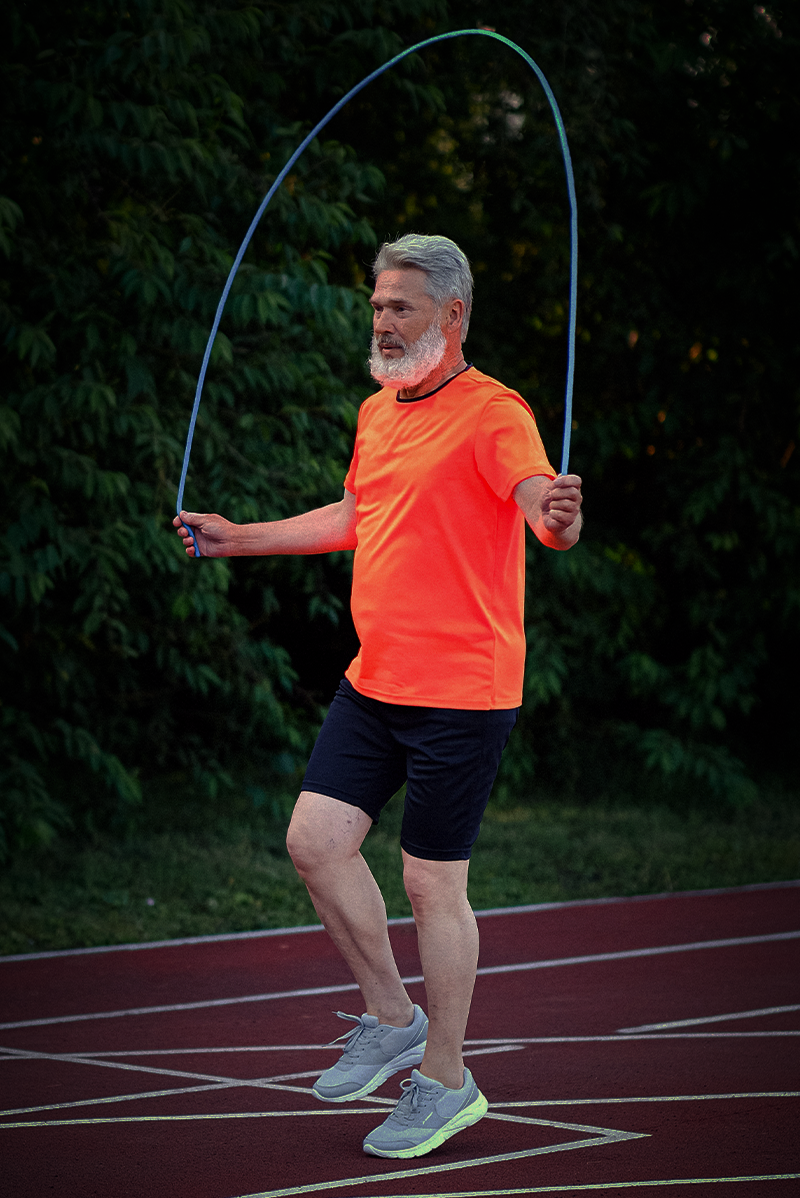
Commonly Treated Foot & Ankle Conditions
This is not a complete list, so please contact us at 423-499-0003 if you have questions about whether you or your condition can be treated with our non-surgical procedures.
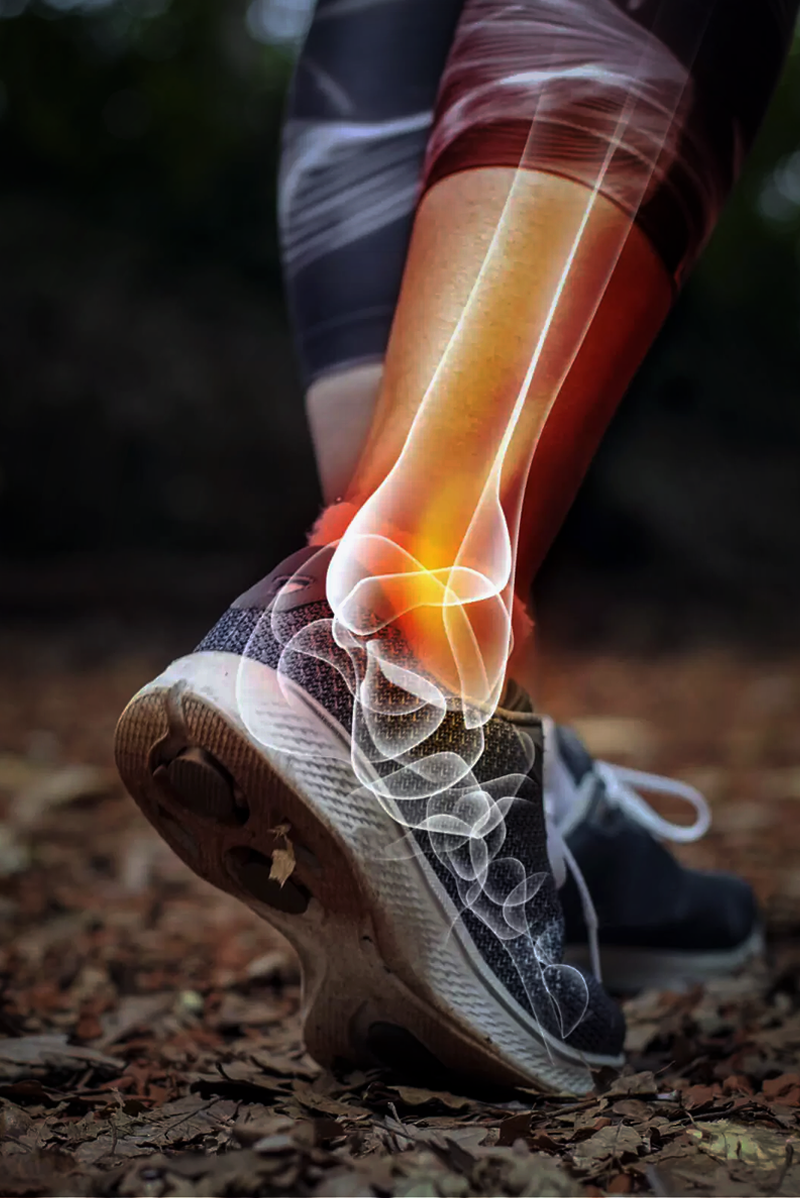
Non-Surgical Procedures for Foot & Ankle Conditions
Regenerative Medicine such as PRP and Prolotherapy are non-surgical injection-based treatments for people suffering from foot and ankle injuries, arthritis, or other conditions that cause pain. PRP uses concentrated repair cells that are obtained from your own blood to promote your body’s own natural ability to heal. Prolotherapy is sometimes used to strengthen or proliferate the damaged tendons and ligaments. Myofascial release, adjustments, and Low Level Laser are also utilized to restore normal range of motion and strength to the ankle and foot.
Current surgical treatment options for common ankle injuries and arthritis, include ankle arthroscopy to “clean up” damaged cartilage, fusion of ankle bones where cartilage has been lost, and tendon grafts screwed in place to strengthen loose connections between bones. However, these procedures are both painful and are often not effective in the long run. Surgeries also often involve a painful post-surgical recovery with a lengthy rehab period to restore strength and mobility to the ankle.
Our non-Surgical treatments, however, help reduce pain and improve function for those with foot or ankle pain due to injury or arthritis eliminating the need for these invasive surgeries.
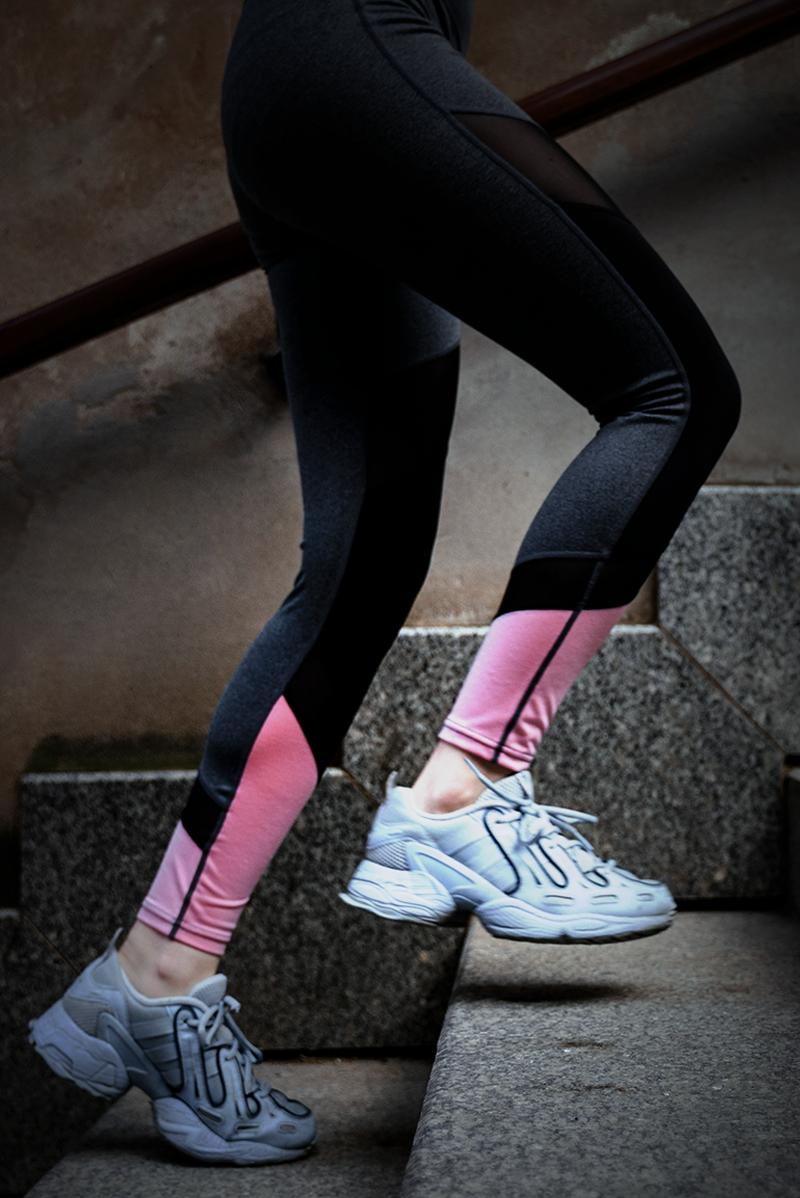
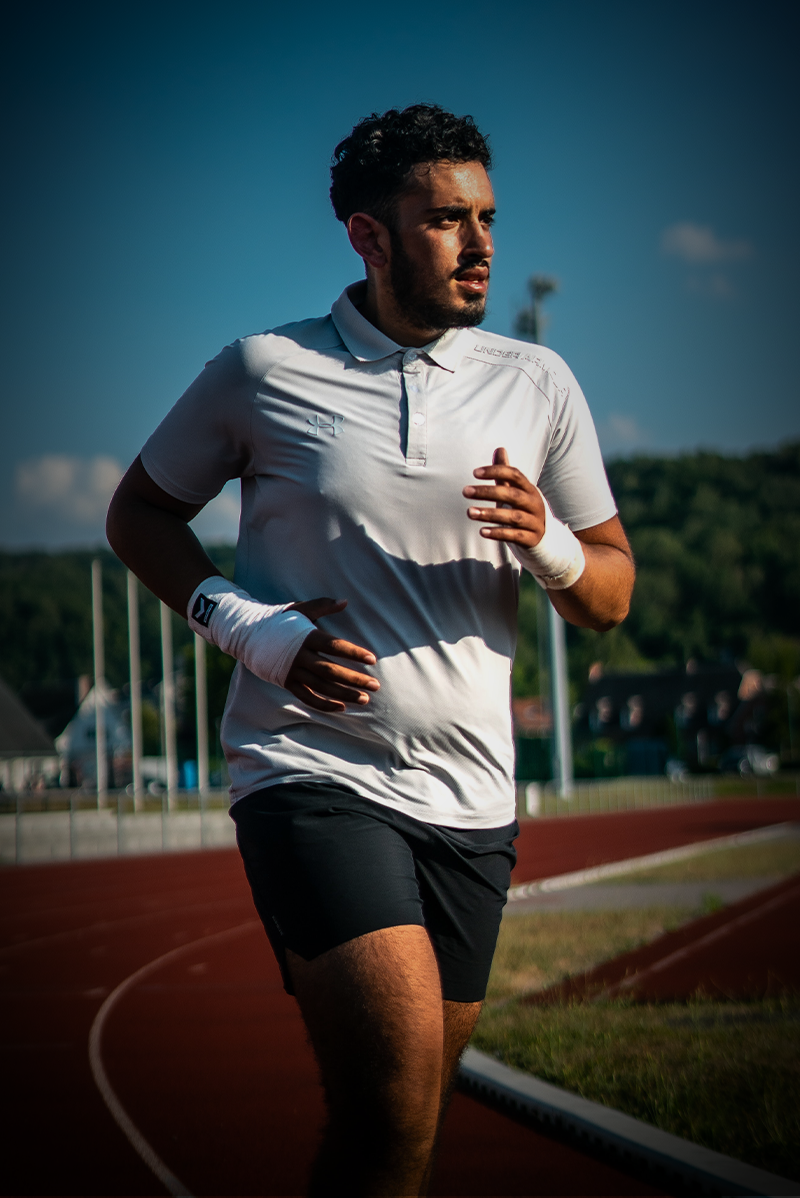
Ankle Ligament Tears, Sprains and Instability of the Ankle Joint
When the ligaments that hold the bones of the ankle joint together are partially torn or stretched, as in the case of subluxations, a bad sprain or repeated minor sprains, they can become painful, loose, and weak. This changes how you walk, putting painful stress on other joints of the foot, as well as making it more likely that you will sprain the ankle again. This leads to a cycle of chronic pain and instability.
Considering Ankle Surgery, Fusion or Replacement?
As an alternative to surgery and the long recuperative period involved, tears to Foot and Ankle tendons and ligaments and Ankle Arthritis can often be treated with the healing agents from your own body, promoting your body’s ability to do its natural job of healing.
HOW REGENERATIVE MEDICINE WORKS
Effective PRP (Platelet Rich Plasma) Procedures
REGENERATIVE MEDICINE
Platelet Rich Plasma (PRP) are procedures that contain healing growth factors from your own blood that promote your body’s natural ability to repair itself. The use of PRP to treat joint, tendon, ligament, and muscle injuries is becoming well known, thanks to exposure from professional athletes. Platelet injections have a stimulating effect on the repair cells within the targeted area, making those cells work harder to perform their natural job of healing the body. Regenerative Medicine PRP procedures are performed with high-level imaging guidance to ensure the most accurate placements of cells into the desired area. Platelet procedures are commonly used for soft tissue injuries, mild arthritis, spine conditions, and around nerves. Low Level Laser is used to increase the effectiveness of the PRP.
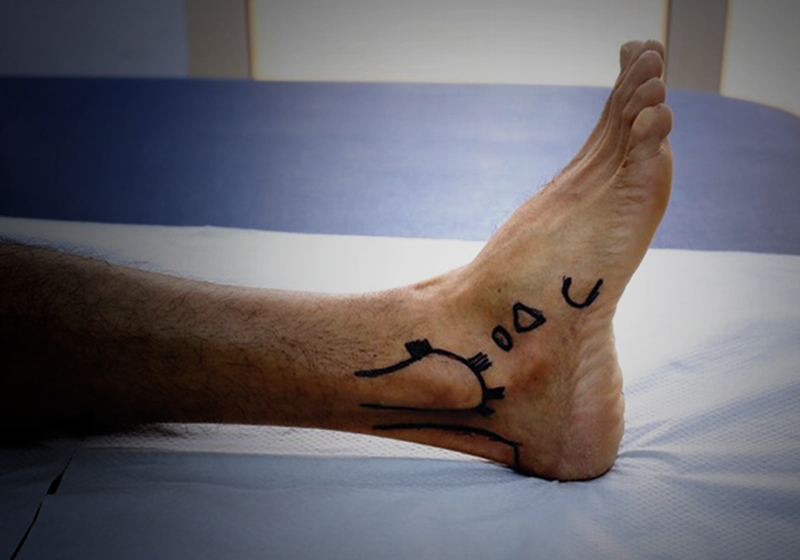
Effective Prolotherapy Procedures
Prolotherapy is an injection technique that is used to assist in repairing and strengthening ligaments, tendons, and muscle tears. “Prolo” is short for proliferation, because the treatment helps promote the proliferation (growth, formation) of new muscle ligament or tendon tissue in areas where it has become weak. When injured, ligaments or tendons don’t always heal to their original strength due to limited blood supply where they attach to the bone. The attachments have many small nerve endings that may cause pain when injured. These injuries can often lead to muscle weakness and joint instability.
Prolotherapy uses a dextrose (high concentrated sugar water) solution and is injected into the injured ligament or tendon. These injections cause localized areas of inflammation-triggering the body to increase blood supply to the area, often allowing reparative cells called Fibroblasts to lay down collagen strengthening the structure. So, in essence, we recreate selective areas of inflammation with Prolotherapy triggering the body’s own reparative process and then back away allowing the body to heal in injury.
Prolotherapy is not a new technique. In ancient times, Hippocrates first used a variant of this technique on soldiers and Olympic javelin throwers who injured their shoulders.
The response to Prolotherapy varies from individual to individual and depends upon one’s healing ability. Patients will typically need a series of 3 to 6 injections over a period of time. Each session separated by 2 week intervals. This interval allows the body time to begin the healing process after the injection.
